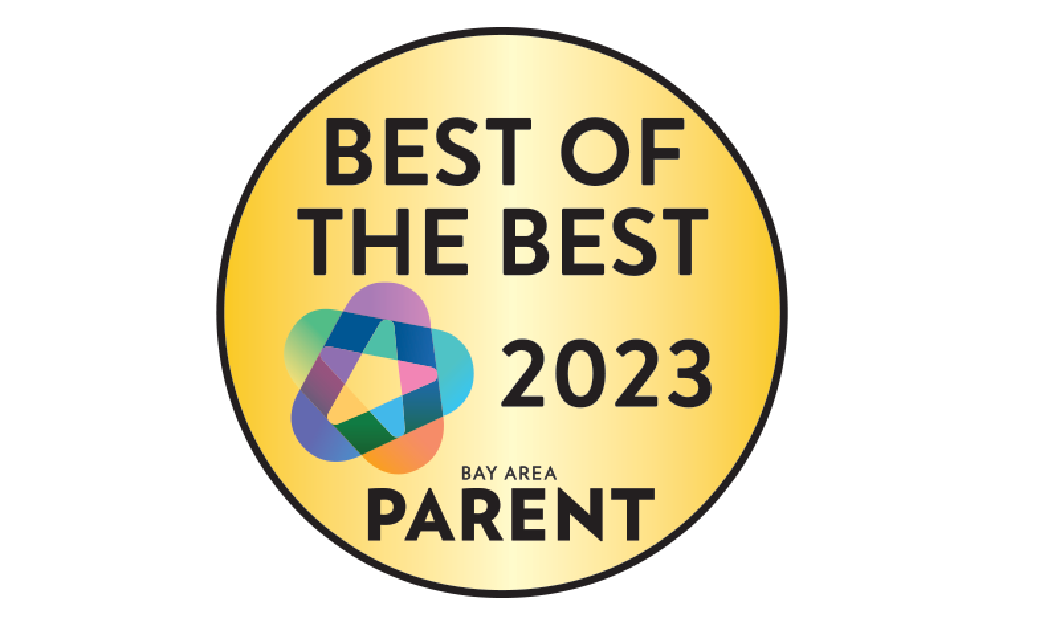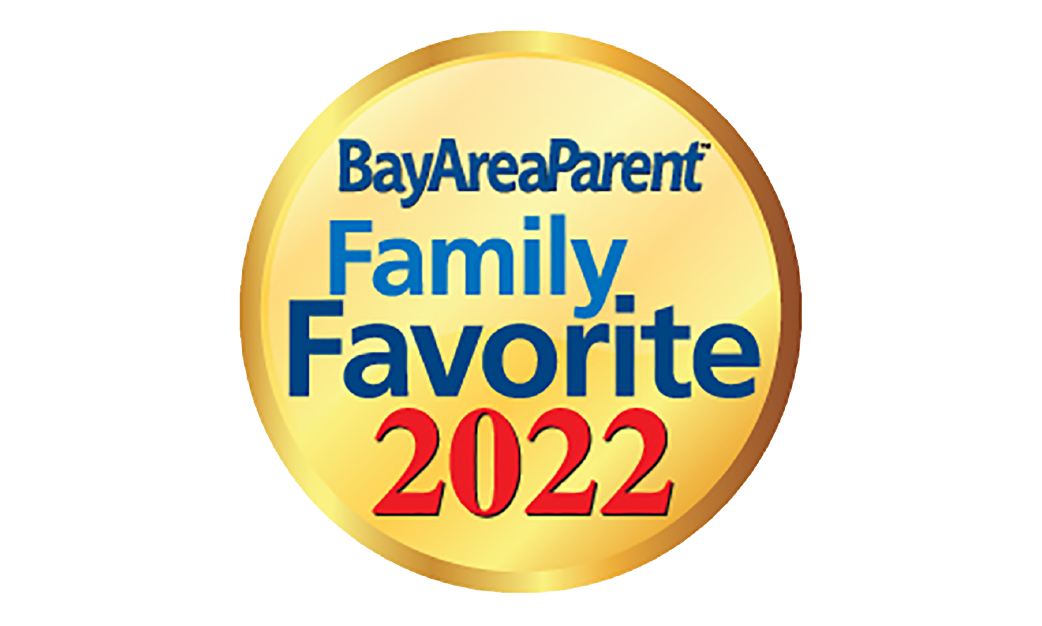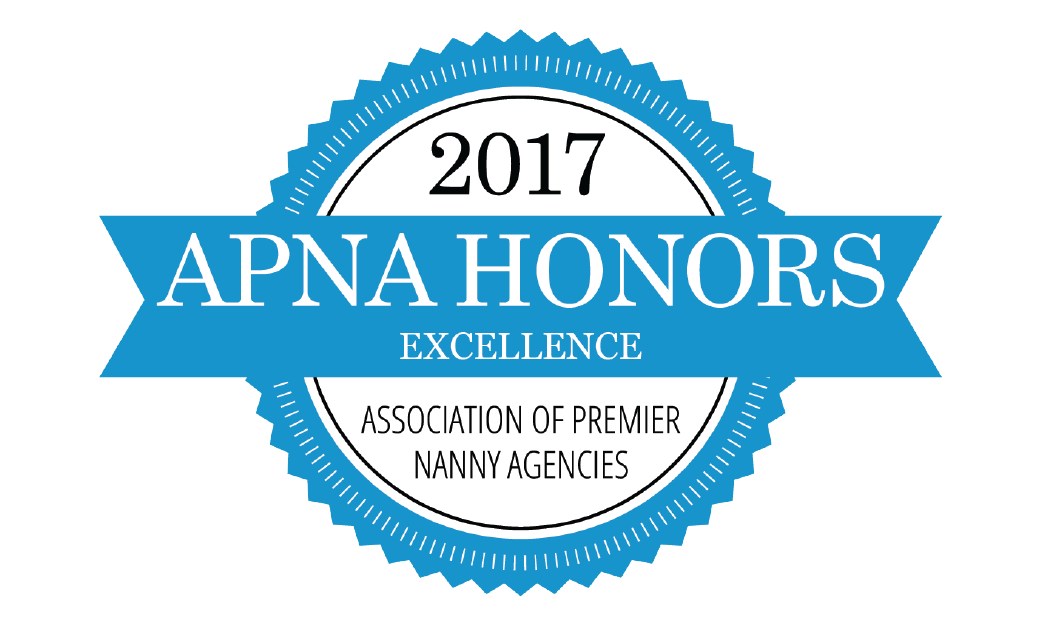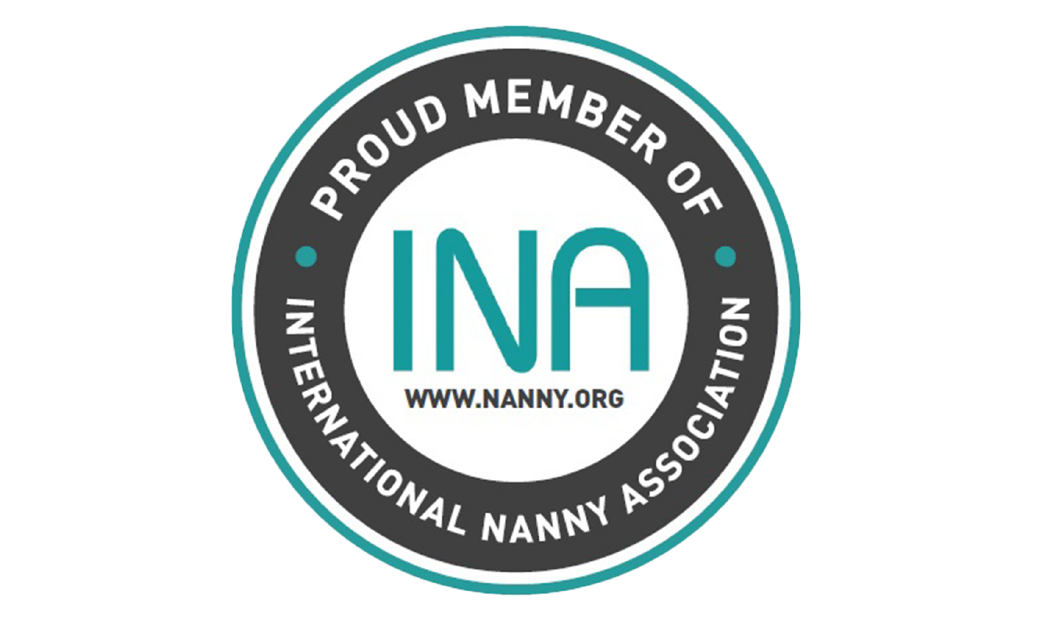COVID-19 Nanny Employment Updates
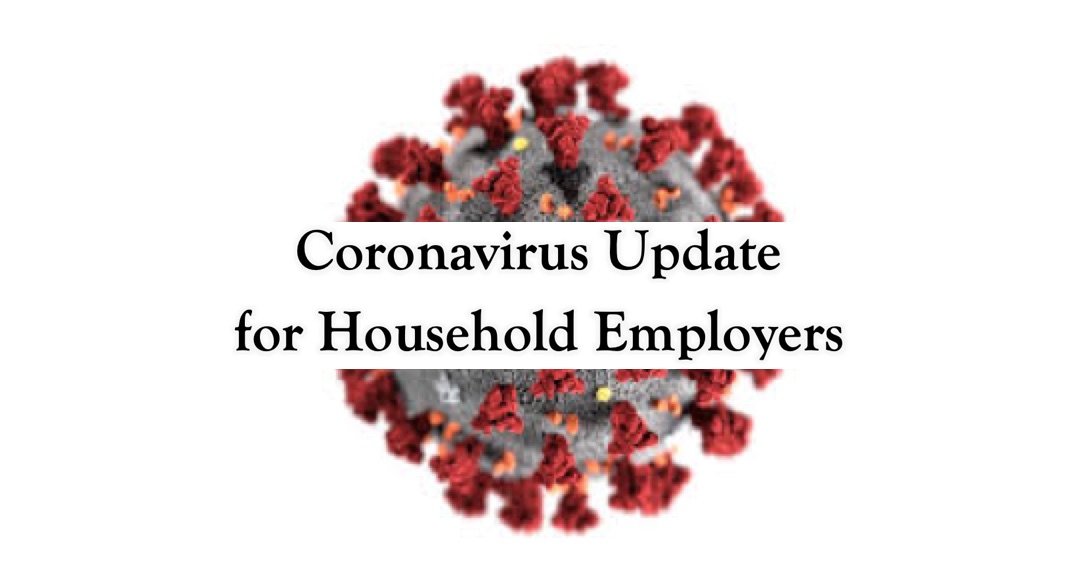
COVID-19 Nanny Employment Updates
The following update is provided by the Law Office of Lisa Pierson Weinberger. Her boutique employment law practice is committed to the ever-changing needs of families, employees, and small businesses. Based in Los Angeles, the practice is exclusively focused on California and federal employment law.
Executive Orders to Stay Home: Who is Impacted? And Can My Nanny Still Come?
Within the last week, there have been many orders issued in cities and counties throughout California requiring residents to “stay at home” and/or “shelter in place” for certain periods of time. On Thursday, March 19th, Governor Newsom issued an Executive Order impacting all of California, which has been put in place indefinitely.
All of these orders have been put into place to protect the public health. However, they are all different. For example, in Los Angeles, employers and employees are governed by three different legal mandates: Governor Newsom’s Order for all of California, Mayor Garcetti’s Order for the City of Los Angeles, as well as the Order from the Los Angeles County Department of Public Health. Residents in other jurisdictions, such as in the Bay Area or Orange County, are also governed by multiple orders. Because of the restrictions in the various orders are different but govern the same constituency, employers and employees are struggling to understand which order to follow when the rules conflict.
To answer this question, the State of California has created a website to provide further guidance as to what it means to “stay at home except for essential needs.” With respect to how the statewide order interacts with local orders, it provides as follows:
This is a statewide order. Depending on the conditions in their area, local officials may enforce stricter public health orders. But they may not loosen the state’s order.
As such, people should first see if they are considered essential workers under the state order. A list of exempt sectors can be found here. If a worker is permitted to work under the state order, they should then consult any applicable orders to see if they are also permitted to work under those.
Now for the most important question: with conflicts between the orders, how do I know if my nanny can continue to come to work? The California website provides that “babysitters may…come to the house to care for minors of parents working in essential sectors.” So, if an individual is considered an essential worker, that person’s nanny can still report to work.
If anyone has any questions as to whether a particular worker is permitted to report to work, and/or which orders apply to their team, please contact me for an individualized assessment of your situation.
Passage of Federal Bill Regarding COVID-19 Relief
A few days ago, the Families First Coronavirus Response Act (the “Act”) was passed, which includes mandatory Paid Sick Leave and an expansion of the Family and Medical Leave Act. Unless the Secretary of Labor acts to exempt certain employers with fewer than 50 employees (which may still happen), as of April 2nd, all employers will be required to provide the following to their employees:
Paid Sick Leave
Employers must provide employees with the equivalent of two weeks of emergency paid sick leave benefits to be used for any of the following Coronavirus-related absences:
- The employee is subject to a federal, state, or local quarantine or isolation order for Coronavirus;
- The employee is advised by a health care provider to self-quarantine due to Coronavirus concerns;
- The employee is experiencing symptoms of Coronavirus and seeking a medical diagnosis;
- The employee is caring for an individual who is under a quarantine or isolation order or has been advised to self-quarantine;
- The employee is caring for a child whose school or child care has been closed due to Coronavirus;
- The employee is experiencing any other substantially similar condition specified by the Secretary of Health and Human Services.
Employees using paid sick leave for purposes (1) – (3) above must be paid their “regular rate of pay” (as defined for purposes of calculating overtime compensation), subject to a cap of $511/day and/or $5,110 in the aggregate. Employees using leave for reasons (4)-(6) must be paid 2/3 of these amounts, subject to a cap of $200 per day and/or $2,000 in the aggregate.
The Department of Labor will be publishing a notice of this new paid sick leave, which employers are required to post in a conspicuous place in the workplace.
Please note that this leave is in addition to the required California state (and, in some places, local) sick leave policies. For any sick leave provided under this law on or after April 2nd, employers will receive a 100% payroll tax credit for the amounts paid.
Family and Medical Leave Act
The Family and Medical Leave Act (“FMLA”) has been temporarily expanded to provide up to 12 weeks of protected time off for any employee (who has been employed for at least 30 calendar days) who is unable to work or telework due to the need to care for a child under 18 if the child’s school or child care is closed, or if the child care provider is unavailable, due to Coronavirus-related concerns.
If an employee requests such a leave, the first two weeks can be taken on an unpaid basis. After that, the employer must provide paid leave of at least 2/3 of the employee’s regular rate of pay, with a cap of $200/day and $10,000 aggregate. These payments (up to the caps) will be credited at 100% on the employer’s quarterly payroll taxes.
Furlough and Final Pay Obligations
The California Labor Commissioner has previously published Opinion Letters requiring employers to provide final pay (including payment of accrued but unused vacation time) if an employee is furloughed for an indefinite period of time. In this moment of extreme financial uncertainty, many employers will be considering how to sustain their businesses and will be considering whether it is prudent to reduce employee hours, furlough employees, or lay them off. If employers choose to furlough employees, they should be aware of these final pay obligations so as not to trigger waiting time penalties.
Categories
Tags
"Finding the right caregiver for your children can feel like an overwhelming task, but Stanford Park Nannies made the process incredibly smooth and successful for our family. From the moment we contacted them, they were attentive, professional, and incredibly understanding of our specific needs. They made the entire process stress-free and gave us the gift of knowing our children are in the best hands possible."
“I would like to thank the whole team at SPN for all you guys do. In this midst of the heartbreak and hardships the COVID-19 crisis has imposed on our neighbors, our families, and our friends, I am also inspired and deeply moved by the compassion, resiliency, and the human spirit of the SPN team. Thank you for being there with us. We are here for you.”
"I would rate Stanford Park Nannies very highly! They provide a great flow of very qualified candidates, who are all prepared to pay taxes. They have a great vetting process and did not waste our time with those that weren’t a fit. In addition to our full-time search, they had the ability to quickly identify relevant interim/temp nannies as well!"
"SPN is a powerhouse agency of incredible women who embody experience, passion, and a heart for service!"


